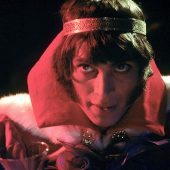Why science-fiction and fantasy? Because the lines are blurrier than you might think. Many think of Star Wars as sci-fi, but its complete lack of hard science also lands it in fantasy camp. Extraterrestrials are usually considered sci-fi, but alien worlds verge on fantasy. The two genres have a lot in common: Lots of silly names, lots of expensive sets. In the end, the qualifications were loose, and we considered movies with a strong element of the otherworldly, the impossible, the futuristic, and the fantastical (but not counting anything where Denise Richards plays a nuclear scientist). We polled its 20-person roster to rank order the best of the genre. Some obvious winners are mixed with some truly surprising results. (Some film series are lumped together; some are not. We’re funny that way.) Here’s our top 50.
The Top 50
1. STAR WARS TRILOGY
Love it, hate it, blame it for the destruction of cinema as we know it, champion it as a major technological breakthrough; enjoy all five, prefer the original trilogy, or swear that you can only sit through The Empire Strikes Back; comb it for philosophy, or gape at five different special effects breakthroughs; savor Alec Guinness when you’re older, Ewan McGregor when you’re a teenager, and Ewoks when you’re five. There are dozens of ways to have a relationship with Star Wars, and so there are dozens of reasons that it collectively occupies the number one slot on this list. Some would rather reserve this spot for New Hope and Empire alone, but it’s the entire ongoing series that sustains this simple-yet-murky space opera as the years go by. George Lucas may not be aces with dialogue, but his endlessly inventive alien creatures, landscapes, and occasional humans set a standard for sci-fi-fantasy adventures that has yet to be truly surpassed. The fathers-and-sons dynamic of the main story is compelling, but what makes the series truly special are the detours, the distractions, the excesses, the nonsensical names: Jabba the Hutt. Boba Fett. Endless varieties of droids, from industrious to downright fussy. They’re not the smartest or the most thought-provoking fantasy film of all time — just the most fun. (JH)
2. 2001: A SPACE ODYSSEY
While Lucas poured his expansive sci-fi creativity into Star Wars, Stanley Kubrick made his signature film memorable by keeping it real. This stunning epic is a well-educated guess at the future (like H.G. Wells with teeth), rather than flighty science fiction. Created with accuracy and authority by the untiring master, 2001 exists as one of the most hypnotic, tantalizing films of all time. With astronaut meals, phone cards, and a frightening depth of artificial intelligence, Kubrick uses amazing detail to comment not just on the future, but on the entirety of evolution like no one has before or since. (NS)
3. BLADE RUNNER
Filmmaker Ridley Scott puts you front and center into his fully realized, futuristic Rain City vision of Los Angeles. It’s a triumph of design, as well as a strong story about a handful of robots spending the last moments of their four-year life span trying to discover who they are. The irony of Blade Runner is that robot assassin Roy Batty (Rutger Hauer) reveals more humanity than the dogged police investigator Deckard (Harrison Ford) hunting them down. Blade Runner offers several unforgettable, deeply philosophical setpieces: Roy Batty meets his creator and delivers him a kiss of death; Deckard’s leap from one skyscraper to another as the enemy closes in; and Batty’s final monologue where he claims to have seen things you people wouldn’t believe. That, too, is the experience of watching Blade Runner. (JK)
4. BRAZIL
A lonely bureaucrat in a Kafkaesqe retro-future obsesses over a woman, tries to correct some paperwork, and gets sucked into a world of treasonous revolutionaries, mind tricks, triplicate forms, ducts, and weird plastic surgery. A slam-bang feast for the eyes, Brazil established Terry Gilliam as an uncommon auteur. (EM)
5. ET THE EXTRA TERRESTRIAL
Spielberg at his most effortlessly Spielbergian, this simple story of the bond between a lonely boy and a lost alien presided over a remarkable 15-year reign as the highest grossing movie in North America. Watching it again today, you can see why: This is storytelling both intensely personal and immediately accessible. Spielberg takes a flight of fantasy as simple as kids riding bikes across the sky and lifts it into one of the genre’s great emotional peaks. (JH)
6. THE WIZARD OF OZ
One of cinema’s most enduring fantasies (and the only musical on this list!), The Wizard of Oz remained a network TV perennial long after network TV perennials were all but extinct. This is probably because Victor Fleming’s extravagant retelling of L. Frank Baum’s classic novel remains so effortlessly appealing to even today’s ADD-riddled, videogame-raised super-youngsters. Fleming’s Land of Oz is more believable and vivid than most lands of make-believe Hollywood came up with during the six decades following its release. (JH)
7. METROPOLIS
At the time of its release in 1927, Fritz Lang’s Metropolis was one of early cinema’s most expensive and audacious projects. And it paid off. The influence of this spectacle — painted with early 20th century expressionism but depicting futuristic class stuggle — continues to inspire after nearly eight decades. It defined a visual style so vital to films like Blade Runner and Sky Captain and the World of Tommorrow. And you’re unlikely to find another film that inspired both Charlie Chaplin and Madonna. While the acting hasn’t aged well, the grandeur of its art direction and the totality of its vision makes Metropolis the first great achievement in science fiction film. (AL)
8. THE MATRIX
The Wachowski brothers’ stunning magnum opus mashed together heavy ammo, wire-trick martial arts, religion, spaceships, revolution, and apocalyptic speculation in “bullet time,” and in doing so essentially reinvented the American action movie. Everyone say it together with Neo: “Whoa.” (EM)
9. A CLOCKWORK ORANGE
The wonderful, horrible life of Alex and his droogies made a monster out of Malcolm McDowell, and the role haunts him still. This alterna-futuristic study of the nature of man, and what can go awry when you try to tinker with it, is breathtakingly timeless. In this era of human cloning research and rampant chemical experimentation, Clockwork is more relevant than ever. (CN)
10. ALIEN
A haunted house movie set on a spaceship in outer space, the ever-shifting title creature morphs from a chest-bursting sprite to a gigantic black insect-man. What sells the movie isn’t so much the special effects, which are mostly kept in the shadows and left to your imagination, but the excellent performances of the ensemble cast (including Sigourney Weaver in her first tough-girl performance as Ripley and Ian Holm as a science officer whose prim manner guards a company secret). The real villain isn’t the space creature; but the space ship that constantly lies to its occupants and places them in danger. Moral: Don’t trust the government, its employees, or its toys. (JK)
11. ETERNAL SUNSHINE OF THE SPOTLESS MIND
Michel Gondry and Charlie Kaufman’s matter-of-fact headtrip is the rare sci-fantasy film that engages the heart and the head, both in harmony and in battle. Jim Carrey’s subdued performance as a jilted lover erasing Kate Winslet from his memory is one of his best, and Gondry’s wizardry with disorienting visual tricks may never be put to better use; here is a director born to make intelligent sci-fi. (JH)
12. 12 MONKEYS
So many Terry Gilliam movies begin to unravel around the middle or the end; how nice that the unraveling seems built into 12 Monkeys (based on the short film La Jetee; see #24), and so the movie never goes slack or grows repetitive. Bruce Willis plays a time-traveling prisoner sent to save the world from a massive plague and, like most Gilliam heroes, he winds up with reasons to doubt his sanity. Gilliam and his game cast (Brad Pitt was nominated for an Oscar playing a loony animal-rights activist, and this one is one of Willis’s best performances) navigate the loops, paradoxes, and coincidences of time travel with energy, verve, and beauty. The film’s finale is especially poetic. (JH)
13. AI ARTIFICIAL INTELLIGENCE
Who knew that such a roundly derided film would make it so high on a sci-fi/fantasy poll? We did, for starters; A.I. is one of the most underrated movies of the past 10 years. Sprung from a Spielberg-Kubrick union many deemed unholy, A.I. synthesizes two brilliant, seemingly opposite craftsman into one film that retains Spielberg’s sense of wonder and sympathy and Kubrick’s pessimism and dark humor. Haley Joel Osment is frighteningly good as the robot boy abandoned by his human “parents,” and Jude Law is perfect as a friendly gigolo-bot. Shot after shot of A.I. is suitable for framing, and it’s pleasingly unpredictable. How many who scoffed at the film’s extended coda really knew where it was going? (JH)
14. DARK CITY
From visionary director Alex Proyas came one of the most singular visual experiences of nineties filmmaking, a mystery/noir/sci-fi hybrid that anticipated many of the concepts in The Matrix, over a year before the latter’s release. John Murdoch (Rufus Sewell) wakes up in a bathtub without any memories, and embarks on a search for his identity through an unnamed art-deco city. Proyas took everything he learned on The Crow and applied it to a hookier, trickier story. (JH)
15. MINORITY REPORT
Another sci-fi masterwork from Spielberg. It’s based on a Philip K. Dick story about a futuristic “pre-crime” unit that has nearly eliminated murder in Washington, D.C.; Tom Cruise plays a pre-crime detective who finds himself hunted for a murder he’s predicted to commit. Minority Report is packed with great visuals, thought-provoking ideas, and touches of mordant humor; it’s also one of the few effects-age films that mixes storytelling and technology seamlessly. (JH)
16. BACK TO THE FUTURE TRILOGY
The other great fantasy trilogy, guided through at a breathless clip by Spielberg protégé Robert Zemeckis. The genius of the Back to the Future films is in the way they apply theories of time travel, paradoxes, and destiny to recognizable human situations. Marty McFly (Michael J. Fox, never better) and Doc Brown (Christopher Lloyd, ditto) play matchmakers and life-savers as they struggle to keep the space-time continuum intact. It starts with McFly laboring to make sure his parents meet and fall in love, and only gets more difficult from there. (JH)
17. THE TERMINATOR AND TERMINATOR 2: JUDGEMENT DAY
An Arnold for all seasons: Evil Arnold in the scrappy, gritty first installment, and Hero Arnold in the slick, expensive, equally exciting second part (okay, he always looks and sounds the same, but for Arnold, consider it range). James Cameron directed both, and they’re two of the best rampaging robot movies ever made. (JH)
18. MAD MAX TRILOGY
Mel Gibson’s finest performance is as rogue cop Max, who starts out a member of the police force guarding the roads from raging bikers as the world falls apart. When Max’s wife dies, Max goes mad and becomes an avenging angel in Mad Max, only to recover his humanity by saving a post-apocalyptic western community in The Road Warrior. His journey completes itself in Beyond Thunderdome, where he meets his match in Tina Turner’s dictator queen Auntie Entity. Breeding its own “warriors of the apocalyptic wasteland” genre, the Mad Max series owes its strength to Jacobean tragedy and lean, mean westerns — and one of the few motion picture trilogies in which all films manage to deliver the goods every time. (JK)
19. CLOSE ENCOUNTERS OF THE THIRD KIND
While Spielberg’s classic E.T. suggests that we shouldn’t trust parents, Close Encounters convinces us that we shouldn’t trust anyone… especially the U.S. government when aliens are involved. Spielberg, working from his own script, creates a typical suburban man brought to the near edge of insanity due to an obsession he can’t explain. The great filmmaker weaves a U.F.O. nightmare that’s both frightening and dreamy, as well as a character study that shows off Richard Dreyfuss’s then-appealing talents. Completely believable, and full of the trademark Spielberg visual style that he began employing in Jaws. (NS)
20. ALIENS
Lots of film fans like Ridley Scott’s slow and creepy first Alien picture the best, but I prefer the James Cameron approach: Send ‘em to the nest. Ellen Ripley (Sigourney Weaver, who received a well-deserved Oscar nomination) notches a series-best for alien ass-whomping when she helps a military investigation of missing settlers, who have decided to colonize the most hostile environment in the universe this side of the sun. Rather than imitating Scott’s slow build, Cameron goes for more visceral thrills, and gets a ton of them. Bonus points for a cute-little-girl sidekick who isn’t even grating. (JH)
21. LORD OF THE RINGS TRILOGY
Its legion of fans will be shocked to see the trilogy this far down the list. I’m surprised too, but I can dig it; the Rings movies are monumental achievements in terms of production, but far from immune to the drawbacks of other large-scale fantasies (listless and pronouncement-heavy dialogue; characters who blend in with one another) as well as is some all its own (Elijah Wood’s single “I’m stunned and a little bit confused” facial expression). Still, Peter Jackson commands all of the spectacle with a sure hand and comes through with some beautiful images and a solid story. Plus, he showed the world that a nerd obsession can, in fact, win the Oscar. (JH)
22. TOTAL RECALL
Total Recall may not be the best sci-fi movie ever made — or even a very good one — but it was pioneering in one major way: Total Recall singlehandedly launched the genre of heroes who don’t have the foggiest idea who they really are. Films ranging from The Bourne Identity to Paycheck owe Recall a debt of gratitude. While the stories that inspired them have been around for a long time, Recall proved they can work as two-hour films. Schwarzenegger’s hammy performance and a three-breasted topless mutant are just icing on the cake. (CN)
23. GHOSTBUSTERS
Still the last word in fantasy-comedy, Ghostbusters succeeds by taking its core concept more or less seriously—it’s not a spoof—and letting Dan Aykroyd, Harold Ramis, and (especially) Bill Murray find the laughs from the characters and situations, not the premise. (JH)
24. LA JETEE
Except for the literal blink of an eye, there’s no movement in Chris Marker’s classic short film about nuclear apocalypse; the movie is constructed entirely out of black and white still photographs. Yet it has an intelligence and narrative power that a team of CGI experts and ten times the budget won’t produce. Loosely the inspiration for Terry Gilliam’s much better known 12 Monkeys, the unique atmosphere and rhythm that the cascade of stills creates makes it worth catching on its own. (MA)
25. ROBOCOP
More satire than science fiction, Paul Verhoeven trumps up popular culture and the greed decade by introducing a corporate-owned superman/Frankenstein named RoboCop (Peter Weller). Fast-paced, often hilarious, and steeped in B-movie tradition, RoboCop offers a sympathetic hero, a three-dimensional female partner who can hold her own in a fight, and memorably rotten villains (Ronny Cox as the corporate heel; Kurtwood Smith as his gun-toting, bespectacled hired killer; Miguel Ferrer as RoboCop’s coke-snorting creator). The final shootouts are as memorably taut as High Noon, and the skewering of consumerism cuts deeper now than ever before — particularly when a terrorist is negotiating for a trendy car while holding a woman at gunpoint. Yikes! (JK)
26. SOLYARIS
Legendarily difficult Soviet director Andrei Tarkovsky thought 2001 was too cold; it didn’t fly. His response was this 1972 adaptation of Stanislaw Lem’s heroically-scaled sci-fi novel in which a group of cosmonauts monitor a sea on the planet Solaris that seems to respond to the psyches of those observing it. Our hero is a psychiatrist sent to monitor his peers’ mental health, but after the planet’s magic waters generate a “visit” from his deceased wife, he qualifies for treatment himself. This lavish answer to 2001 ultimately has a lot in common with Kubrick’s film, not least a vast scope and an episodic, formal brilliance. (Its greatest strengths – long, meditative passages only tangentially linked to the plot – were omitted from the recent, more businesslike remake from Steven Soderbergh.) But Tarkovsky made the more human film he was after, a sci-fi piece set both deep in space and deep in the mind. (JE)
27. GREMLINS
Christmas is a favorite time of year for fantasy films (see #35), but they tend to work best with a little bit of spike in that eggnog (see… #35, again). Joe Dante’s macabre contribution to Christmas cheer is like a hilariously evil flipside to executive producer Steven Spielberg’s E.T.: Cute creature comes into family’s life, wreaks a little havoc… but the havoc is less than adorable as it quickly spawns scaly, malevolent gremlins who resemble six-year-old boys with claws. Dante’s dark wit (and love of old movies) has never been stronger — though his funny 1990 sequel comes close. (JH)
28. THE DAY THE EARTH STOOD STILL
This classic from the drive-in era is simultaneously cheesy (sample dialogue: “Deploy all Zone 5 units according to Plan B! Immediately!”) and thoughtful. The movie’s message of world peace and enlightenment will always be timely… since, you know, world peace will never be achieved. (DB)
29. A VOYAGE TO THE MOON
America landed in 1969, but on the big screen pioneer filmmaker Georges Méliès planted the French flag in moon dust years before. A work of “visual sorcery,” Méliès’s 1902 short A Voyage to the Moon amazed audiences in its day with its unprecedented use of film as a medium of the imagination, and the movie – all 14 minutes of it – was a hit throughout the developed world. The story is that of a group of astronomers that nonchalantly pilots a bullet-shaped projectile to the lunar surface, memorably landing in the Man in the Moon’s eye; there they encounter the hostile Selenites, who are tribal in appearance and who vanish into puffs of smoke when hit with a regular cane. The narrative is simple, but beneath it lies the complexity of an innovative technique: Méliès employs painted sets, dollies, stop-motion photography, and more, all to magical effect. How magical? Watching A Voyage to the Moon today, 100 years and three Matrixes later, you can still feel the thrill of a medium opening up. And you can still understand Charles Chaplin’s appraisal of Méliès: “the alchemist of light.” (JE) Not on DVD!
30. FORBIDDEN PLANET
What does it say about the durability of this fifties sci-fi classic that I first saw it in a college English course? This loose outer-space adaptation of Shakespeare’s The Tempest features special effects and production design that still look great today; Leslie Nielsen back when he was a serious actor; and the auspicious on-screen debut of Robby the Robot. (JH)
31. THE PRINCESS BRIDE
I’m frankly shocked that this movie didn’t chart higher on our list, because roughly half the people I’ve ever met list it as a favorite. Rob Reiner, at the height of his mid-‘80s mojo, directed this comic fairy tale, somewhat tongue-in-cheek but still emotionally involving. Robin Wright (as Princess Buttercup) and Cary Elwes (as the dashing Westley) are perfect storybook characters, and William Goldman’s screenplay (adapted from his own novel) is wonderful: How often are fantasies quoted not for their catchphrases or hokeyness, but actual wit? Answer: About as often as your friends quote from The Princess Bride. (JH)
32. THX 1138
Before George Lucas commanded an empire, he dabbled in a more experimental arm of sci-fi: His first feature was a challenging story about a worker drone in the future (Robert Duvall) rebelling against his overlords. This film gives 2001 a run for its money in the obtuse storytelling department, but the look and feel of Lucas’s sterile, industrialized future is amazing, and the sound design even better. (JH)
33. STARSHIP TROOPERS
This space opera by Paul Verhoven is some kind of sick genius: part bloody combat movie, part Melrose Space, part thrilling special effects bonanza, and part satire of all of the above. It bears little resemblance to the Robert Heinlein novel on which it’s based, but Verhoeven (who appears twice elsewhere on this list) has something more twisted in mind: A human-versus-giant-bugs epic where you’re not sure who deserves to win. The first time I saw Starship Troopers, I thought parts of it were unintentionally funny; later, I realized Verhoeven had fashioned one of the funniest sci-fi epics ever on purpose. Shockingly, even confusingly, it works as a violent action picture, too. (JH)
34. INVASION OF THE BODY SNATCHERS
Is there a red under your bed? How about a pod person in your living room? This spooky 1956 Don Siegel thriller was the perfect piece of anti-Communist paranoia for the times, making Americans wonder if they really knew the people in their own community. The film’s stark black-and-white photography helps add to the shock value, and the story, based on a novel from time-travel author Jack Finney, is pure Twilight Zone. The film was remade with sufficient fright intact in 1978, but lacked the cultural significance of this one. (NS)
35. THE NIGHTMARE BEFORE CHRISTMAS
Almost every one of Tim Burton’s films is a gorgeously off-kilter work of fantasy, but it’s telling that it took stop-motion animation to best convey his dark yet sweet sensibility. A labor of love for all involved, Nightmare is a charming fairy tale about Jack Skellington, spindly hero of Halloweentown who longs for something different — and thinks he’s found it when he happens upon Christmastown and Santa Claus. True to Burton’s outsider spirit, Jack must ruin and then save Christmas; the audience must drink in the one-of-a-kind visual marvel that is Halloween town and its inhabitants. Thanks to Burton’s ingenious cross-breeding, The Nightmare Before Christmas is a perennial twice over; it’s perfect for Halloween or Christmas. (JH)
36. DELICATESSEN
One of cinema’s most severely coveted films not yet released on DVD, Delicatessen wears the robe of dystopian comedy (passed on by Brazil) with aplomb. The post-apocalyptic setting is presented without a hint of self-consciousness: The landlord deals with problem tenants by butchering them for meat. When a new tenant, a clown, falls for the butcher/landlord’s daughter, comic havoc breaks loose. Co-director Jean-Pierre Jeunet would later whiff with Alien: Resurrection before rebounding in 2001 with the equally masterful Amelie. (CN) Not on DVD!
37. STAR TREK II: THE WRATH OF KHAN
This episode of Horatio Hornblower in outer space rescued the Star Trek series from disaster. It’s a pop opera with unabashed sentiment featuring rousing “sea battles” in space that whip the pants off of Master and Commander. Macho Admiral James T. Kirk (William Shatner) was never so endearing as when he battles the complacency of middle age. He rediscovers his youthfulness by grappling with arch-nemesis Khan (Ricardo Montalban), and these two hambone actors chew up their dialogue as their spaceships collide. It’s a testament to the movie’s strength that when the actors start quoting Moby Dick (“I spit my last breath at thee…”) it feels wonderfully operatic, not embarrassing. When Spock (Leonard Nimoy) makes his fateful sacrifice, it brings a tear to the eye. Star Trek II is reminiscent of the great Buster Krabbe serials, and invigorates the genre in the way few movies do today. (JK)
38. ARMY OF DARKNESS
The first two Evil Dead pictures were splatterific horror comedies, but trilogy-capper Army of Darkness is more of a traditional shotgun-and-sorcery affair — if any movie with Bruce Campbell fighting armies of skeletons can be considered part of a tradition. Campbell’s durable character of Ash (S-Mart manager and ghoul-slayer) goes back in time, and cultures clash appropriately — gorehounds will be disappointed, but Ash’s dialogue has never been funnier. Call me a purist (or the exact opposite of one), but I say this is the definitive screen version of A Connecticut Yankee in King Arthur’s Court. (JH)
39. PLANET OF THE APES
Before it was Tim Burton’s blandest movie, this Planet was the best entry ever in the now-overpopulated “kind of like a Twilight Zone episode” subgenre. This tale of a marooned astronaut and the damned dirty apes he hates can be conveniently paired with Soylent Green for a double feature of Charlton Heston’s patented brand of sci-fi hysteria. (JH)
40. GATTACA
They would become The Bride, Sky Captain and, uh, really emaciated, but in 1997 Uma Thurman, Jude Law, and Ethan Hawke, respectively, were starring in this box office disappointment and future classic about genetic engineering. Hawke struggles to overcome his “inferior” genes by switching identities with a once-perfect specimen (Jude Law, natch), and writer-director Andrew Niccol makes you wonder if humanity really is headed in this direction. (JH)
41. THE CITY OF LOST CHILDREN
The second Jeunet-touched fantasy on this list is perhaps even more inventive and harder to follow than its cousin, Delicatessen. The images come fast, furious, and disturbingly beautiful in this movie that is best explained as the best movie Terry Gilliam never made. (JH)
42. THE IRON GIANT
An unjustly overlooked 1999 cartoon by Brad Bird, The Iron Giant owes a lot to E.T. and yet stands on its own with a salient anti-war message. In place of a cuddly alien there is a giant metal man (and who hasn’t thought of making that substitution) who befriends Hogarth, a lonely young boy. Vin Diesel provides the robot’s developing voice — easily his finest role to date. The film is deeply touching, and incontrovertible proof of 2-D animation’s continuing potential. (JH)
43. LOGAN’S RUN
In a 23rd century where Brave New World meets ‘70s disco culture, a populace has retreated from nature to a mall-like sheltered dome, where all needs are satisfied by a controlling AI and life is all pleasure. But there’s one catch: to control the population, at age 30, everyone is “renewed” via a quasi-religious death ritual. Everyone, that is, except those who choose to run. The special effects and matte painting pre-date the George Lucas era, but the story of Logan (Michael York), a man who turns from enforcing a system to attempting to destroy it, provides plenty of campy thrills and later inspiration for The Matrix and Minority Report. (EM)
44. THE WAR OF THE WORLDS
They made thousands of sci-fi movies in the ‘50s and ‘60s, so by the law of averages a few of them had to be good. The War of the Worlds is one of the classics. It is also the best of many film adaptations from H.G. Wells (the 19th century novelist who invented science fiction… The Time Machine wasn’t bad either). A remake is in the works from Spielberg, but much of the premise has already been recycled as Independence Day, among other films. (DB)
45. SPIRITED AWAY
When her family accidentally trespasses on a day spa for weary ghosts, a little girl named Chihiro is hauled kicking and screaming into an adventure in a world strangely parallel to, but separate from, ours. Spirited Away, which took home the 2002 Oscar for Best Animated Feature, may represent the closest that two other worlds have passed together – those of anime and mainstream entertainment – and it takes a lot of the best from both. Director Hayao Miyakazi lets his imagination run wild, filling Spirited Away with a wealth of character and appealingly odd detail. But he suffuses his dream world with its own strange logic as well, so that the proceedings both add up – sort of – and don’t. And although anime influences abound throughout Spirited Away, Miyakazi draws inspiration from the West, too; alert viewers will spot nods to Arthur Rackham, Maurice Sendak, and Peter Max. Spirited Away is an ideal hybrid, cool rather than treacly, welcoming rather than aloof. (JE)
46. GHOST IN THE SHELL
In a radically internationalized future Asia, where humans routinely enhance themselves with cyborg parts and where data can take on a life of its own, the fuzzy lines that separate man from machine are evaporating. Action-packed anime wizardry intersect with mind-bending meditations on the meaning of humanity, and the attention and detail given to the decades-hence urban setting are dark magic. (EM)
47. THE MATRIX RELOADED
Much-maligned in hindsight (although not as viciously as number three, The Matrix Revolutions), The Matrix Reloaded ranks for some as one of modern cinema’s great disappointments. But it’s undeniably head-spinning and entertaining as science-fiction, particularly in its what-just-happened final act with the unveiling of the Architect. It’s not as simple, elegant, or groundbreaking as the first film, but what is? The Wachowski Brothers proceed with confidence and style into that most valued of fantasy worlds: One of infinite possibilities. (JH)
48. SMALL SOLDIERS
Joe Dante’s brilliant dystopian comedy about action figures whose motivations and firepower become all too human-sized was a box-office flop. Part of the blame goes to the MPAA: Slapped with a PG-13 rating, kiddies couldn’t catch Small Soldiers and adults wouldn’t. But it remains a sharp, funny, and observant film about how marketing and programming effect cultural conflicts. As an added bonus, it captures some bona-fide current stars — Kirsten Dunst and David Cross among them — in solid early roles. (MA)
49. CONAN THE BARBARIAN
“Crush enemies, see them driven before you, and hear the lamentation of the women!” That’s the philosophy of Arnold Schwarzenegger’s Teutonic warrior in this pulp adaptation of Robert E. Howard’s hero, and it certainly delivers on all counts. Unashamed of being brutally violent and laden with gratuitous sex, Conan the Barbarian also features a taut revenge plot and a central character that, like The Terminator, is all about deeds, not words. They don’t make macho cinema like this anymore! (JK)
50. AKIRA
I might not pass a multiple-choice test on what actually happens during the seminal anime Akira (which Hollywood is constantly threatening to remake in clunky live action), but I’d rock the essay section with a concise “dude, that was totally awesome.” Supporting details: It was one of the first films to announce animation as a medium for safe adults and sci-fi fans. Oh, and it takes place in futuristic “Neo-Tokyo” — does that earn me any extra credit? (JH)
Copyright © 2004 filmcritic

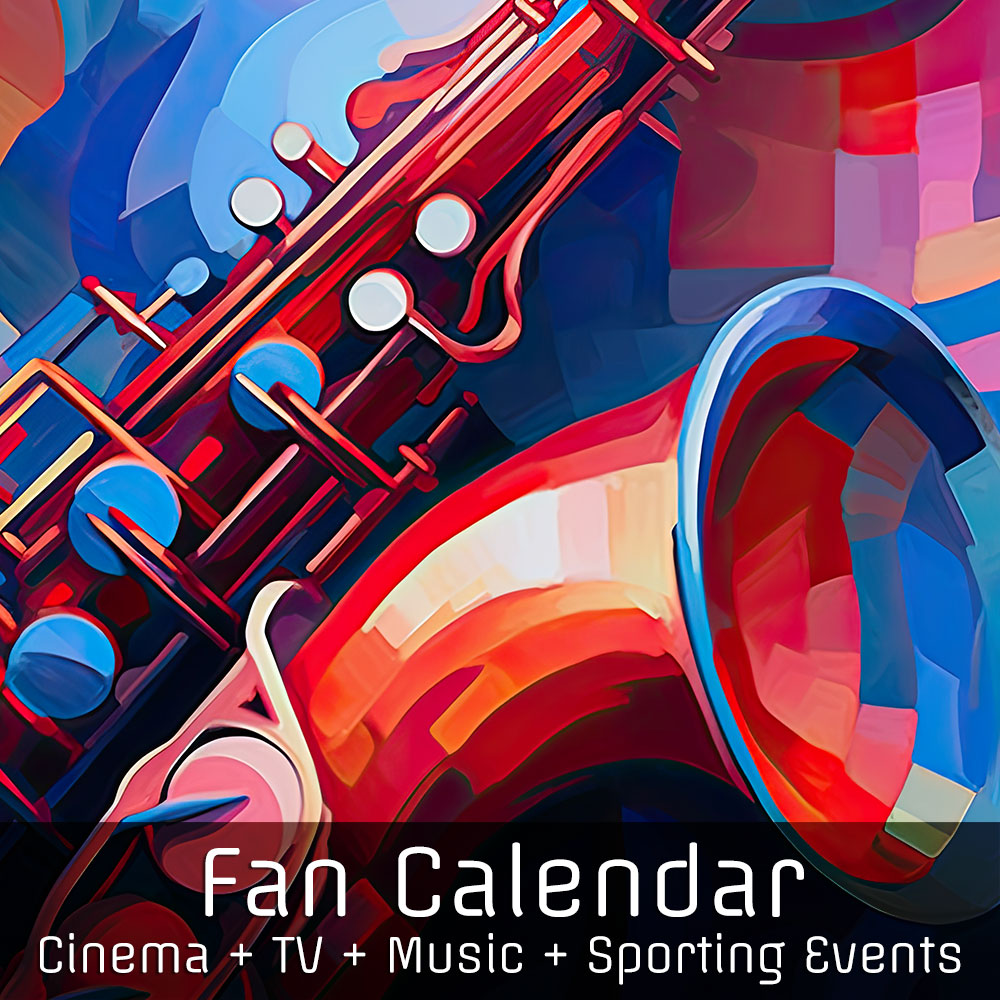

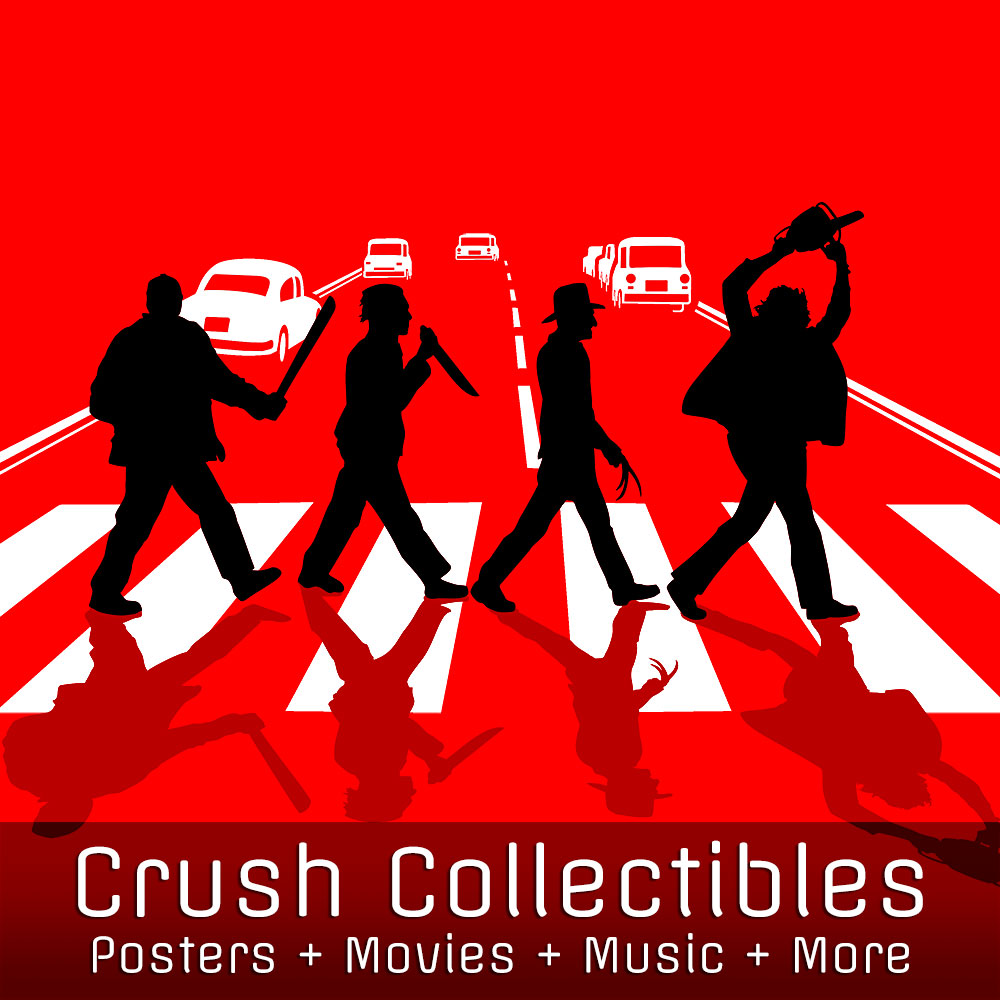



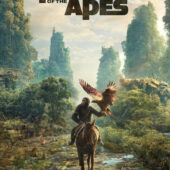
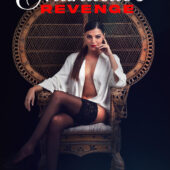
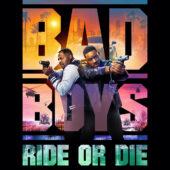
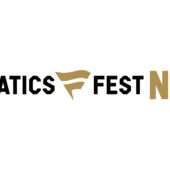
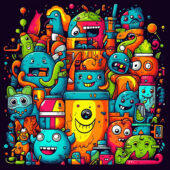










![Points of Light Inside Abandoned Steel Manufacturing Factory Photo [221205-2]](https://www.filmfetish.com/img/p/2022/12/221205-00002-11x85-web-170x170.jpg)
![Bride of Frankenstein Actress Elsa Lanchester Candid 13×19 inch Photo [240325-13]](https://www.filmfetish.com/img/p/2024/03/240325-13-13x19-web-170x170.jpg)
![Grand Central Station New York City Morning Sun Through Windows Photo [240320-21]](https://www.filmfetish.com/img/p/2024/03/240320-21-11x85-web-170x170.jpg)
![The Famous Latin Quarter Nightclub, New York City 1951 Photo [220417-3]](https://www.filmfetish.com/img/p/2022/04/220417-0003-11x85-web-170x170.jpg)







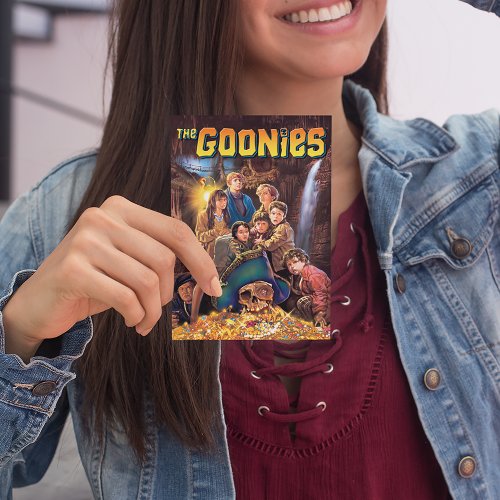

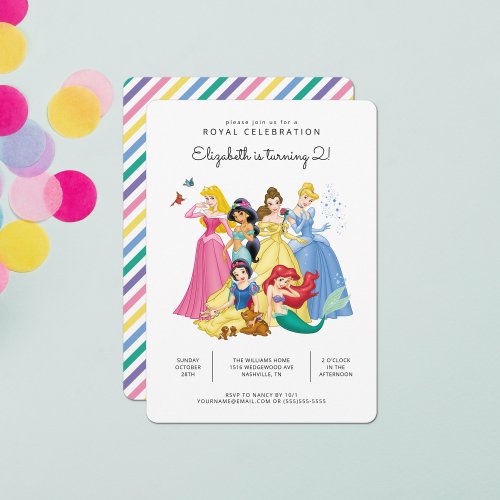

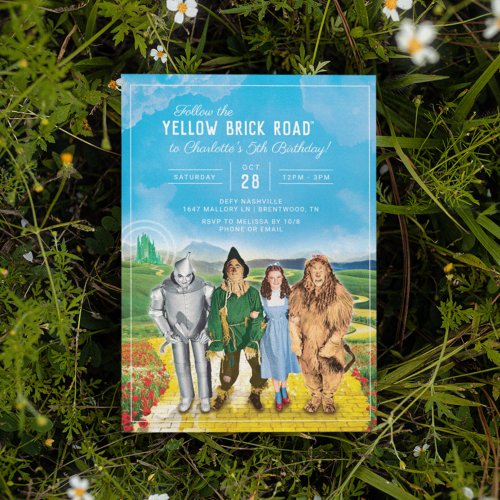
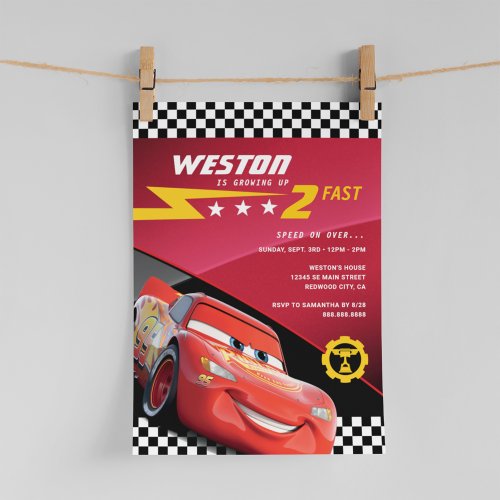
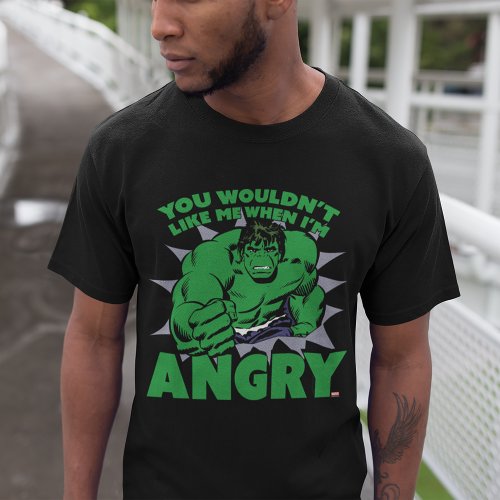
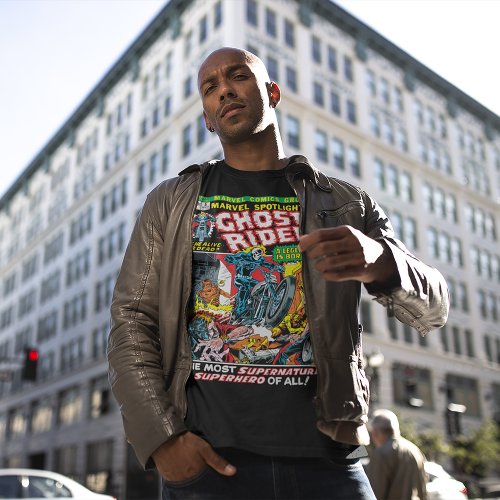
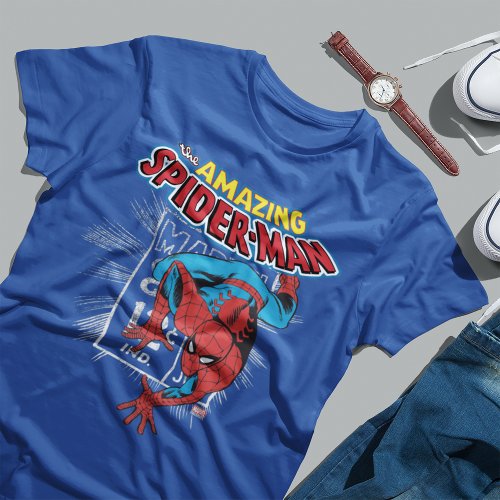




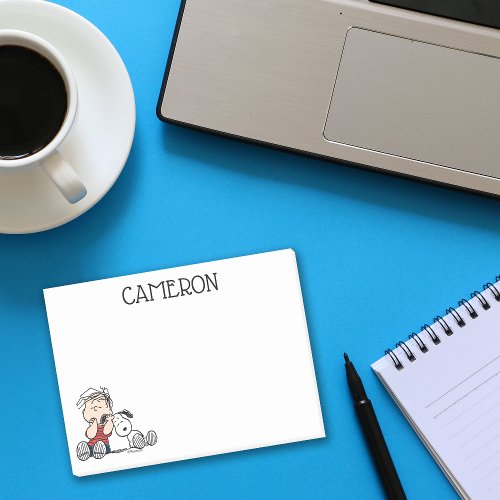
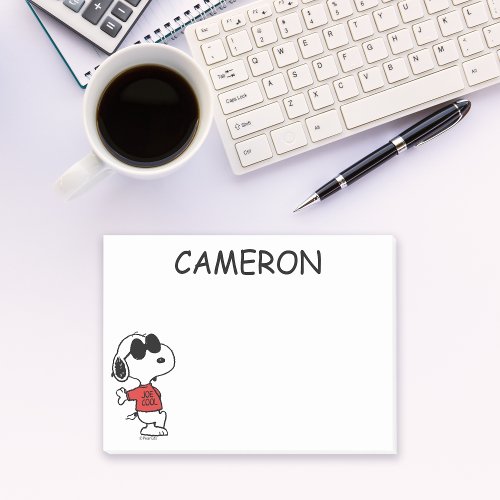
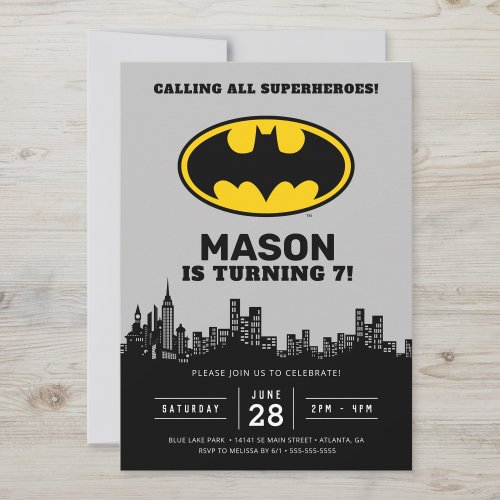


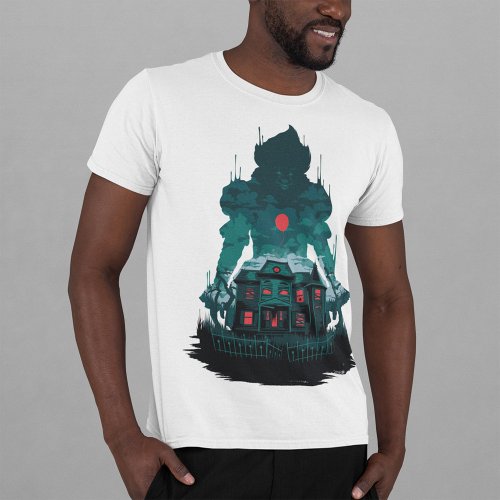
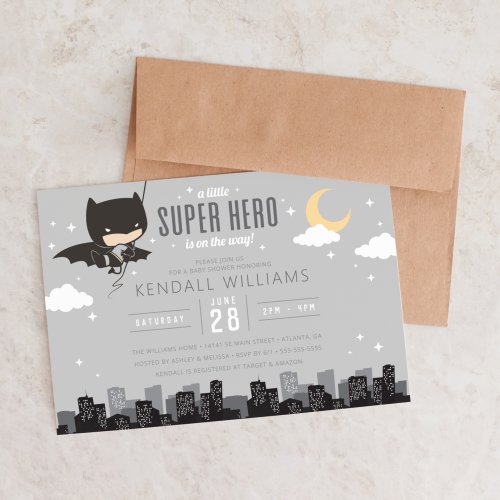
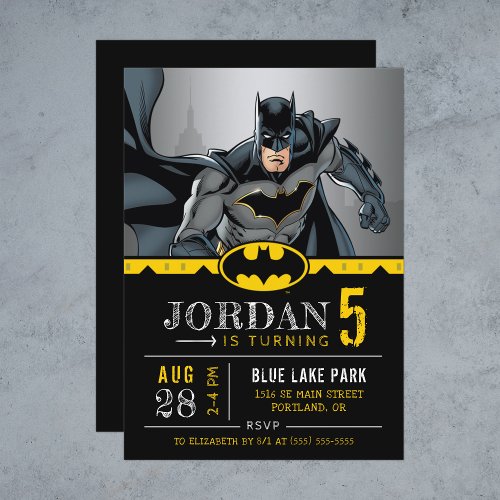


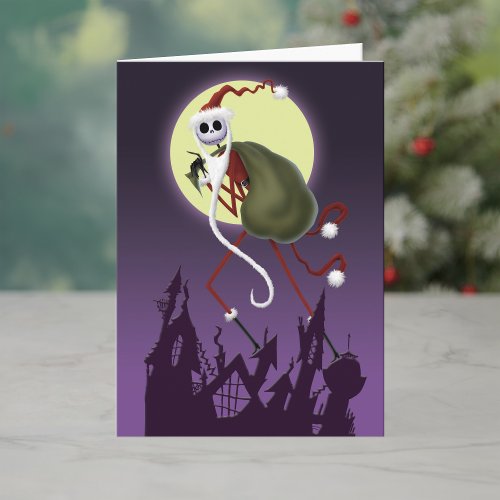
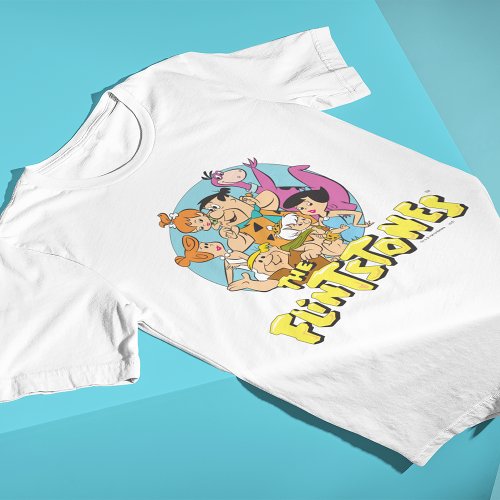
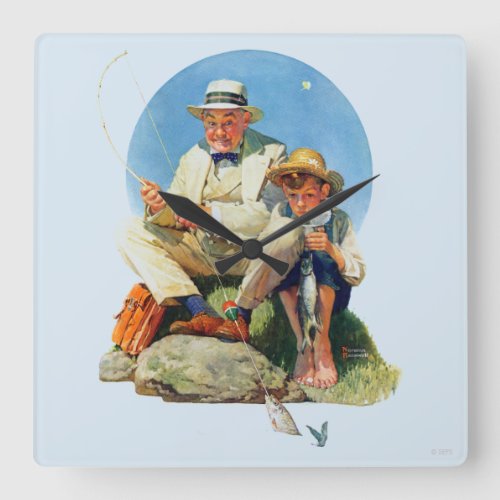
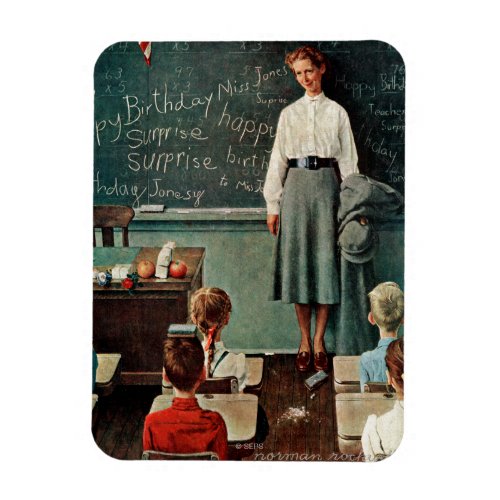

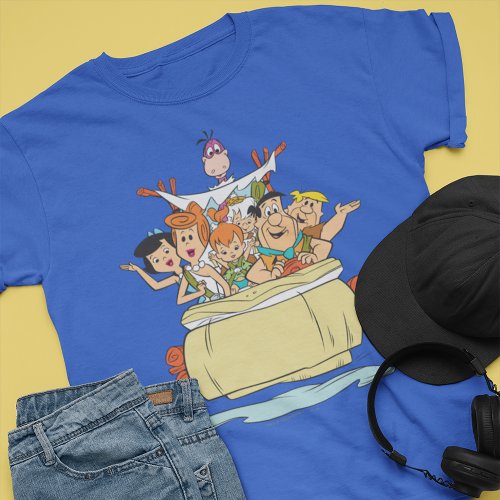

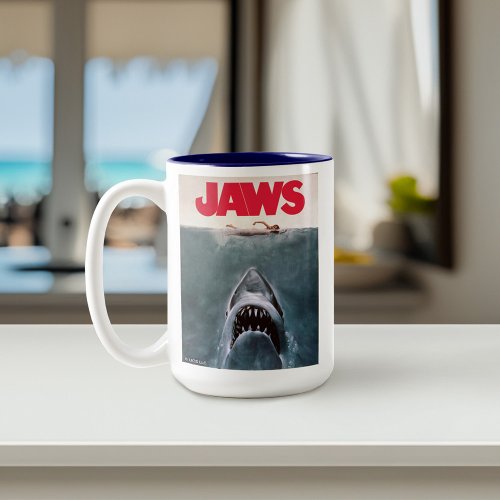
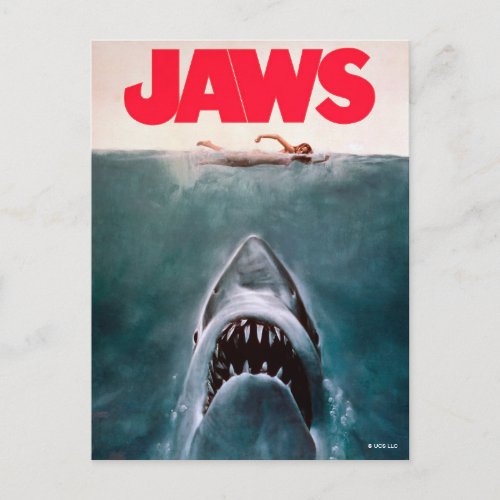


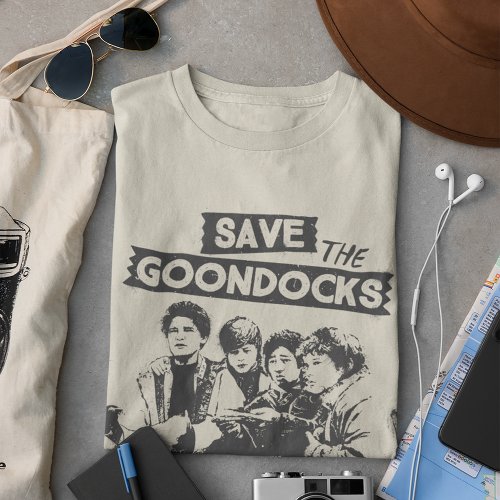

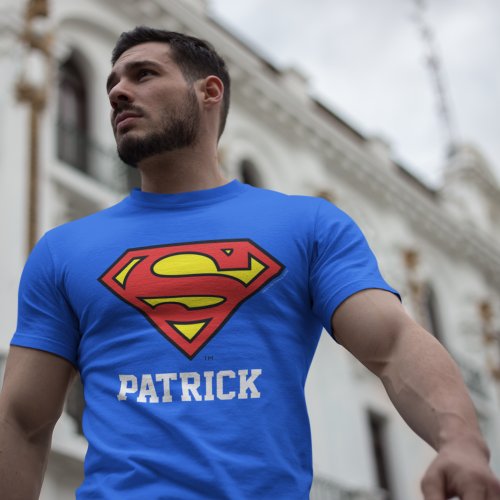
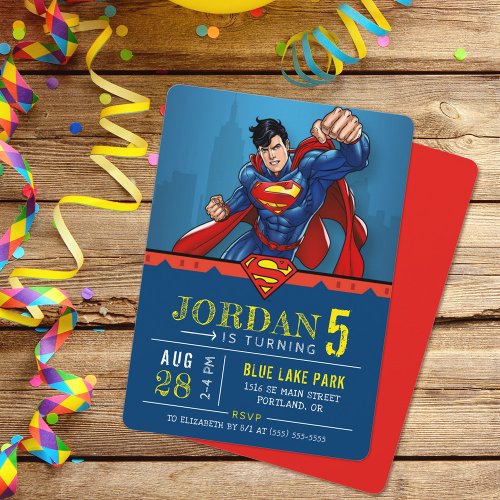

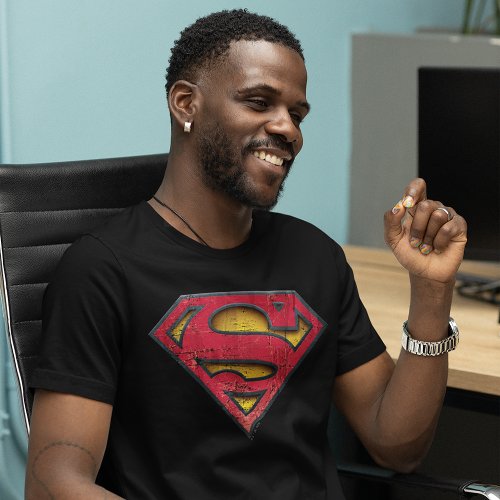
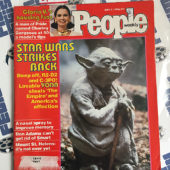

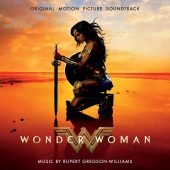

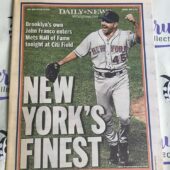
![Vintage Norman Rockwell Collector Plate Sitting Pretty Number 18045G with Certificate of Authenticity [U38]](https://www.filmfetish.com/img/p/2023/01/P1460358--170x170.jpg)
![Oriental Cinema No. 4 (Nov 1994) Godzilla, Hong Kong films, Shintaro [189154]](https://www.filmfetish.com/img/p/2018/11/189154-oriental-cinema-01-170x170.jpg)
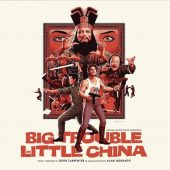
![Harper Lee’s To Kill A Mockingbird Softcover Edition [S22]](https://www.filmfetish.com/img/p/2023/01/img-0564--170x170.jpg)
